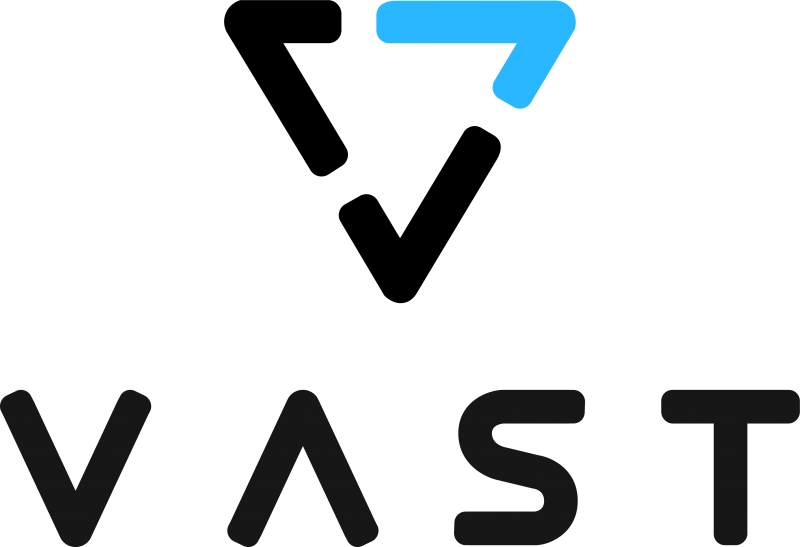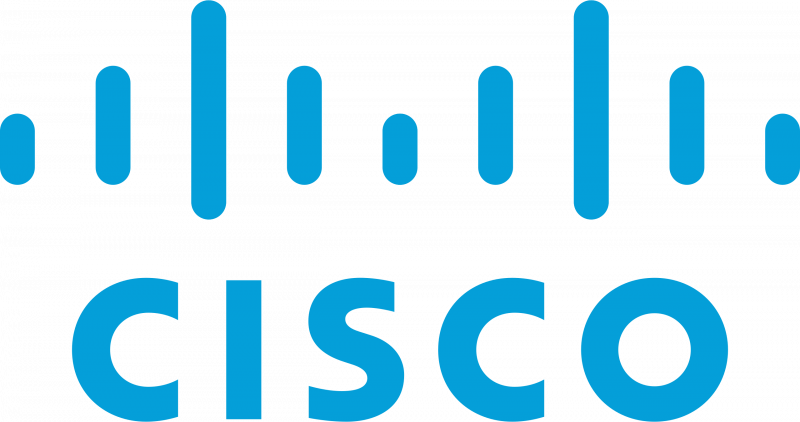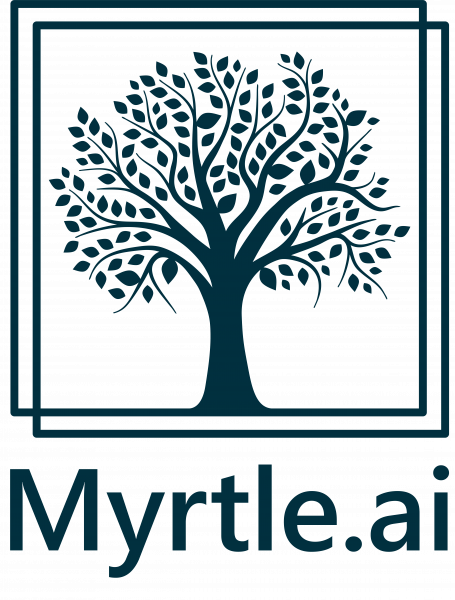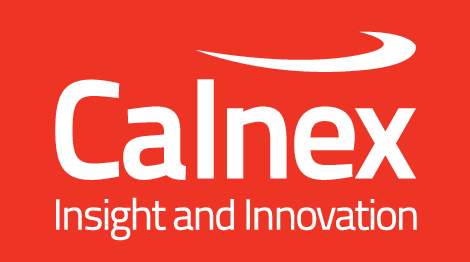STAC Summit, 19 May 2022, London
STAC Summits bring together CTOs and other industry leaders responsible for solution architecture, infrastructure engineering, application development, machine learning/deep learning engineering, data engineering, and operational intelligence to discuss important technical challenges in trading and investment.
WHERE
Leonardo Royal Hotel
London Tower Bridge
45 Prescot Street, London (East) E1 8GP
Agenda
Click on the session titles to view the slides (may require member permissions).

| What the time warp means for tech | |
|
Teams may be returning to the office, but the world is hardly "back to normal". It's not just that we're still fighting a pandemic with the global scale of the 1910s. We must also contend with inflation like the 1970s, war like the 1930s, and political risk in developed nations like the 1960s or even 1930s. The financial reactions to these events have some historical analogs: central banks are tightening to fight inflation, and markets are swinging wildly between fear and greed each day. What has no precedent is today's technology. Trading relies on massive automation, entirely new asset classes have sprung from nothing but bits, and the retail investor's smartphone has become a major source of liquidity. Technology should be what enables financial firms to navigate this new landscape, but it won't be easy. Firms have never found it harder to source technical brainpower or the computing power to match it. How do these challenges change what trading firms need from technologists in their firms and partner organizations like FCMs, exchanges, and clearing firms? Our panel of industry heavyweights will explore that question. Don't miss this chance to talk it through with them. |
Introducing STAC-ML 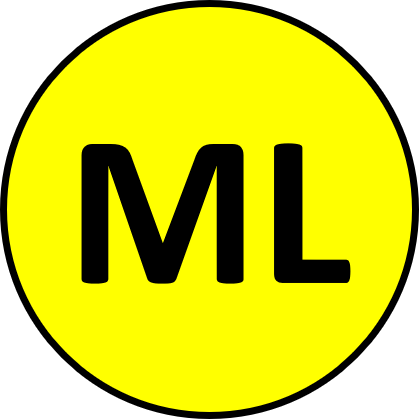
|
|
|
Bishop will give an overview of the STAC-ML Markets (Inference) benchmark specifications, as well as present recent research that shows how the benchmark can help optimize stacks for latency and throughput. |
“Model” marriages: Pairing implementations and hardware   |
|
|
Box famously said that all models are wrong but some are useful. Financial firms could add a proviso: “a model is only useful if we can execute it quickly and efficiently”. High performance depends on three variables: the problem size/shape, the implementation code, and the hardware platform. But financial models vary widely, hardware choices expand every few months, and implementation options abound. Technologists can benefit significantly from a systematic approach to understanding how the three variables interact. Luke has just such an approach. With the help of a real-life study that Graphcore performed for a hedge fund (optimizing Cox-Ross-Rubenstein to price millions of options), Luke will explain a process that categorizes and grades workloads and determines the best pairing of implementation and hardware. |
Building an ML factory  
|
|
|
The potential of machine learning in finance is immense. While still in its infancy, the success of early applications is creating excitement. But excitement can quickly be deflated by cost. For one thing, public and private clouds make it quite easy to utilize massive amounts of technology, rapidly accumulating charges. For another, each ML project can bring new data requirements, different research toolsets, and long lead times, leading many executives to question if it’s worth the expense. If ML is to realize its promise, firms need a model “factory” with two characteristics: 1) a scalable, repeatable research process, and 2) high-performance systems that generate results faster and waste no resources. Building such a factory requires answering many important questions, such as: how do you develop the toolsets and processes that let researchers leverage institutional knowledge and benefit from prior work? how do you ensure a constant supply of data so compute is never idle? how do you accelerate training and backtesting to land faster upon the right model? Join our panel to discuss these questions and more as they explore how to create a machine learning factory. |
Streaming to humans: Can open source hack it? |
|
|
No matter how much we automate, getting data to actual humans remains critically important in finance. From desktop, web, and mobile platforms, users need live, updating data in order to derive insights and take action. Over the last several years, the open-source community has developed a number of solutions for streaming data, from ZeroMQ to Kafka to Arrow Flight. These range widely in performance, functionality, and interactivity. Pete Goddard, CEO of Deephaven, will analyze the strengths of these platforms and the gaps Deephaven discovered when building solutions for finance users. Along the way, Pete will describe the way that Deephaven filled those gaps: Barrage, an open-source extension to Apache Arrow that adds support for live updates and ticking data, as well as bidirectional streaming over gRPC with browsers. Join us to compare notes with Pete and see if open source can satisfy your users. |
STAC time series update
 
|
|
|
Peter will present the latest benchmark results from software/hardware stacks for historical time-series analytics. |
Will data volume destroy trading economics? |
|
|
Financial firms continue to struggle with growing data sets. Firms dealing with a petabyte today are planning for scores, if not hundreds of petabytes, soon. At the rate that data is scaling, an exabyte future is not unimaginable. Causes abound. For example: volatility is increasing inbound data; the output of strategy research is ballooning; distributed ledgers and data-as-code are adding bulk; and system oversight is driving more logging. How do we keep the cost of storage from outpacing the benefit? Our panel of experts will discuss the levers you can pull to manage these loads, such as performant compression, intelligent de-dupe, smaller form factors, and new software solutions. Join us to explore how to gain leverage over data loads without breaking the bank. To kick off, the following panelist provided a short presentation: |
|
| "Taming the Petabyte Monster" Jason Hammons, Head of Field Engineering, VAST Data |
|
| "Solving the Write Problem: Pavilion is the ultimate quant playground" Costa Hasapopoulos, Chief Field Technology Officer & World Wide VP Business Development, Pavilion Data Systems |
|
| "Exascale AI" Jonathan Martin, President, WEKA |
STAC fast data update
 |
|
|
Peter will present the latest low latency and fast data updates. |
Securing low-latency hardware designs |
|
|
How secure is the logic in your FPGAs and ASICs from external or internal threats? How do you know? If you have trouble answering these questions, you’re not alone. While the market has gotten a grip on operational risk (especially following the Knight Capital disaster), it’s not clear that it has the same maturity when it comes to the security of “black box” hardware. Simply imagining someone else taking control of one of your low-latency trading systems makes the stakes clear enough. Fortunately, Michael believes that robust hardware security is possible with work, and it's relatively easy to get started and build toward more secure designs. In this talk, he’ll show you comprehensive verification techniques to reduce latent bugs that represent potential attack surfaces. He’ll also cover formal methods to ensure your hardware designs are free from known issues in Mitre Corporation’s public Common Weakness Enumeration (CWE) and protect the confidentiality and integrity of your design assets. Join him to discover techniques you can use immediately and others you can apply over time. |
Fairness through a picosecond lens
|
|
|
Multicast is often shorthand for "fair and equitable data distribution" in capital markets. But is that accurate? In ultra-low latency, things are never as simple as they appear. Measurement tools with precisions in the picoseconds have shown that multicast isn't always as fair as assumed. Some have reported finding up to 10ns of latency difference in multicast distribution between ports on the same switch, which can feel like an eternity when top-flight engineers search for ways to save just a single nano. Daniel is going to dive into multicast fairness. He will detail how the latency differences are detected, the fundamental aspects of ASIC-based switch architectures that can cause these discrepancies, and how an FPGA-based architecture can remove them. Join Daniel to re-think fair and equitable in our sub-nano world. |
Can low latency be composed? |
|
|
Low-latency infrastructures usually avoid abstraction. In the name of speed, firms ruthlessly remove any layer that adds flexibility. Is that about to change? Network equipment is incorporating more functionality into the hardware fabric, while rapid advances in IP cores are turning FPGAs into customizable trading pipelines. Does this provide an opportunity for low-latency trading systems to apply the infrastructure-as-code paradigm that has gained popularity with less latency-sensitive cloud deploys? Is it feasible for code to orchestrate low-latency networks, coordinate hardware-based trading logic, or manage monitoring systems without abandoning the speed and efficiency required to stay competitive? If so, firms could potentially reduce both time to market and costs. Come join our panel of infrastructure experts to discuss if and when composing low-latency systems makes sense. To kick off, the following panelist provided a short presentation: |
|
| "The latest innovations in low-Latency networks" Dr. David Snowdon, Director, Engineering, Arista Networks |
|
|
"Inline processing of network traffic with FPGAs" Olivier Cousin, Solutions Architect, AMD |
About STAC Events & Meetings
STAC events bring together CTOs and other industry leaders responsible for solution architecture, infrastructure engineering, application development, machine learning/deep learning engineering, data engineering, and operational intelligence to discuss important technical challenges in financial services.
 |
 |
 |
|---|---|---|
Event Resources
Speakers
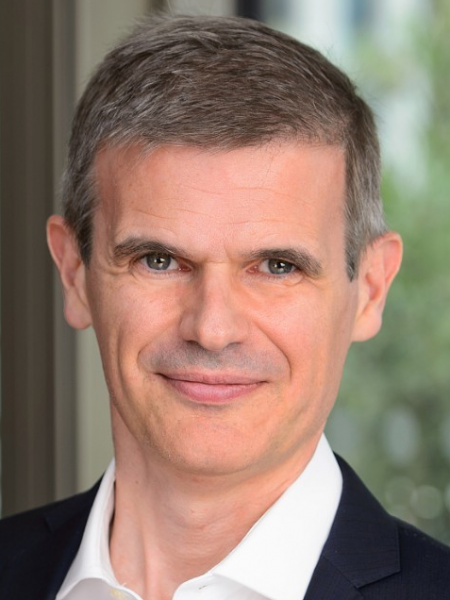 Nicola DaneseTradeWeb
Nicola DaneseTradeWeb David CamreTower Research Capital
David CamreTower Research Capital
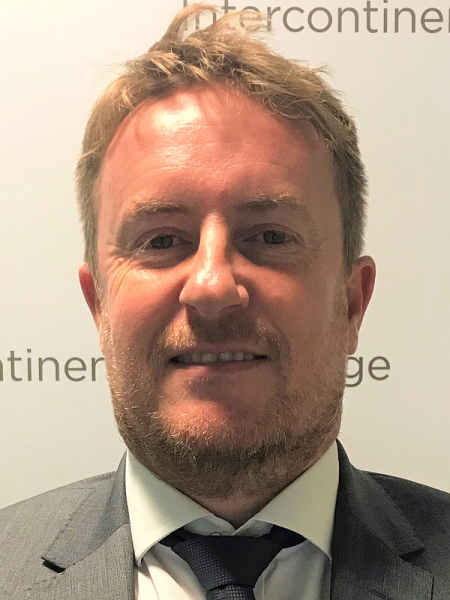 Steven HamiltonICE
Steven HamiltonICE Andrea NardonBlack Alpha Capital
Andrea NardonBlack Alpha Capital
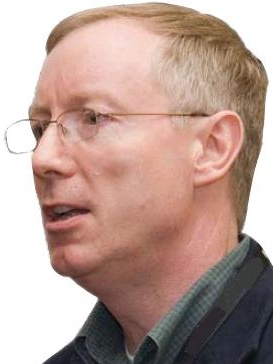 Richard CroucherBarclays
Richard CroucherBarclays Jens de SmitOptiver
Jens de SmitOptiver
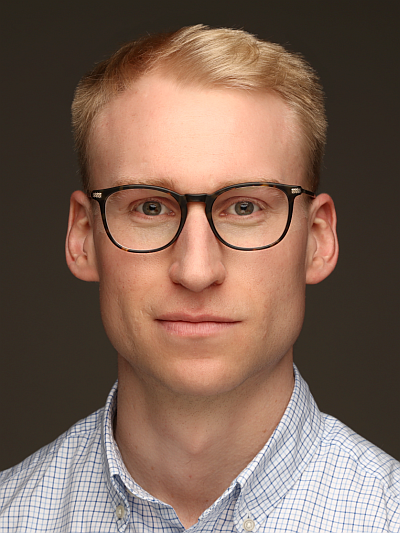 Luke MarkhamGraphcore
Luke MarkhamGraphcore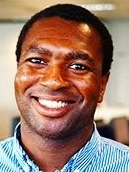 Kwasi AnkomahSambaNova
Kwasi AnkomahSambaNova
 Tim WoodNVIDIA
Tim WoodNVIDIA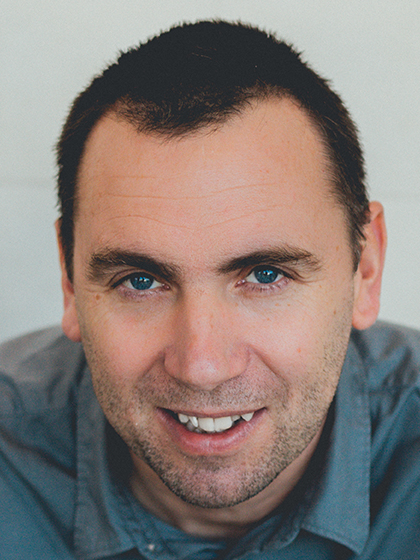 James CoomerDDN
James CoomerDDN
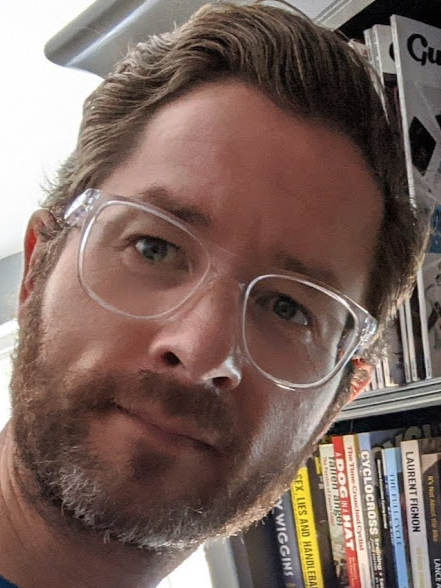 Alex StepneyGoogle Cloud
Alex StepneyGoogle Cloud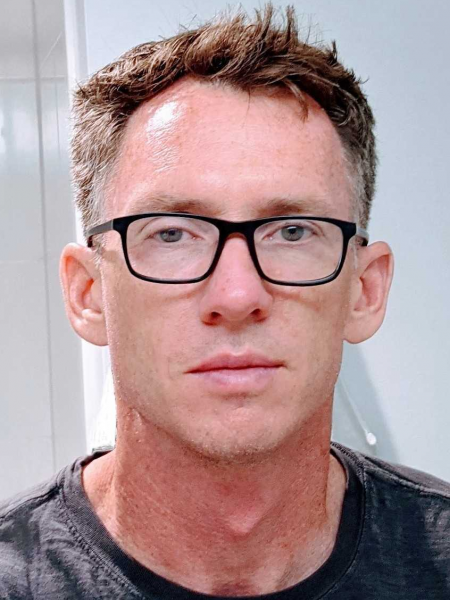 Pete GoddardDeephaven
Pete GoddardDeephaven
 Jason HammonsVast
Jason HammonsVast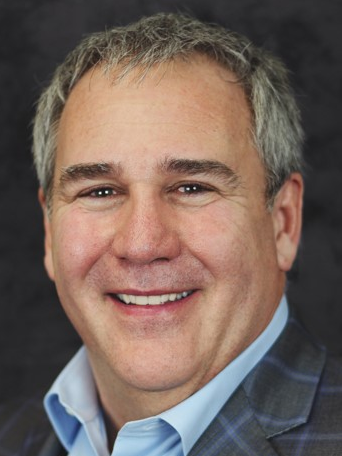 Costa HasapopoulosPavilion
Costa HasapopoulosPavilion
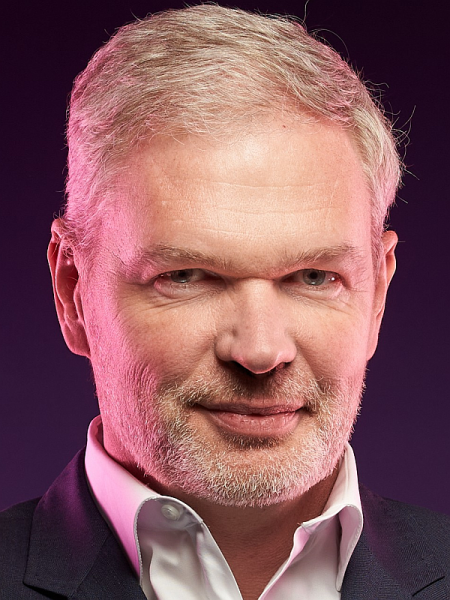 Jonathan MartinWEKA
Jonathan MartinWEKA Joel RudmanKeysight Technologies
Joel RudmanKeysight Technologies
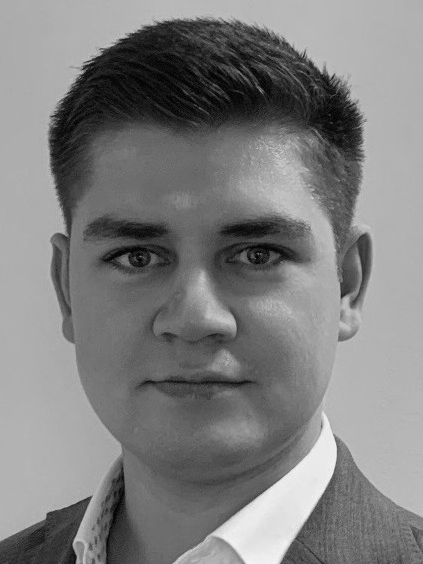 Daniel BrownCisco Systems
Daniel BrownCisco Systems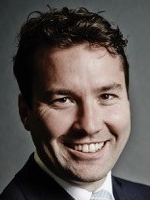 Dr. David SnowdonArista
Dr. David SnowdonArista
 Kieran MansleyAMD
Kieran MansleyAMD Dave WeberLenovo
Dave WeberLenovo
 Jeff LumishSilicon Creations
Jeff LumishSilicon Creations Vahan SardaryanLDA Technologies
Vahan SardaryanLDA Technologies
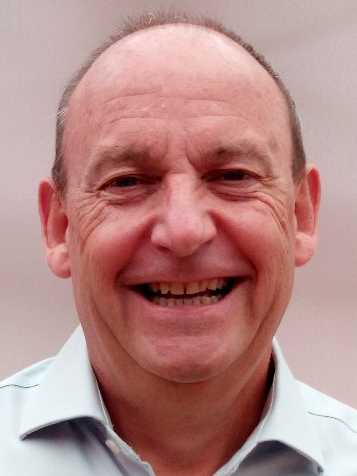 Jon AxonPackets2Disk
Jon AxonPackets2Disk Michael O’SullivanCadence
Michael O’SullivanCadence


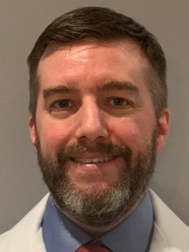 Peter NabichtSTAC
Peter NabichtSTAC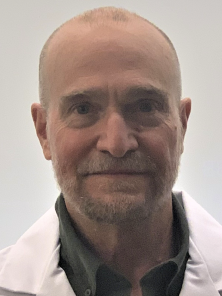 Bishop BrockSTAC
Bishop BrockSTAC Peter LankfordSTAC
Peter LankfordSTAC
